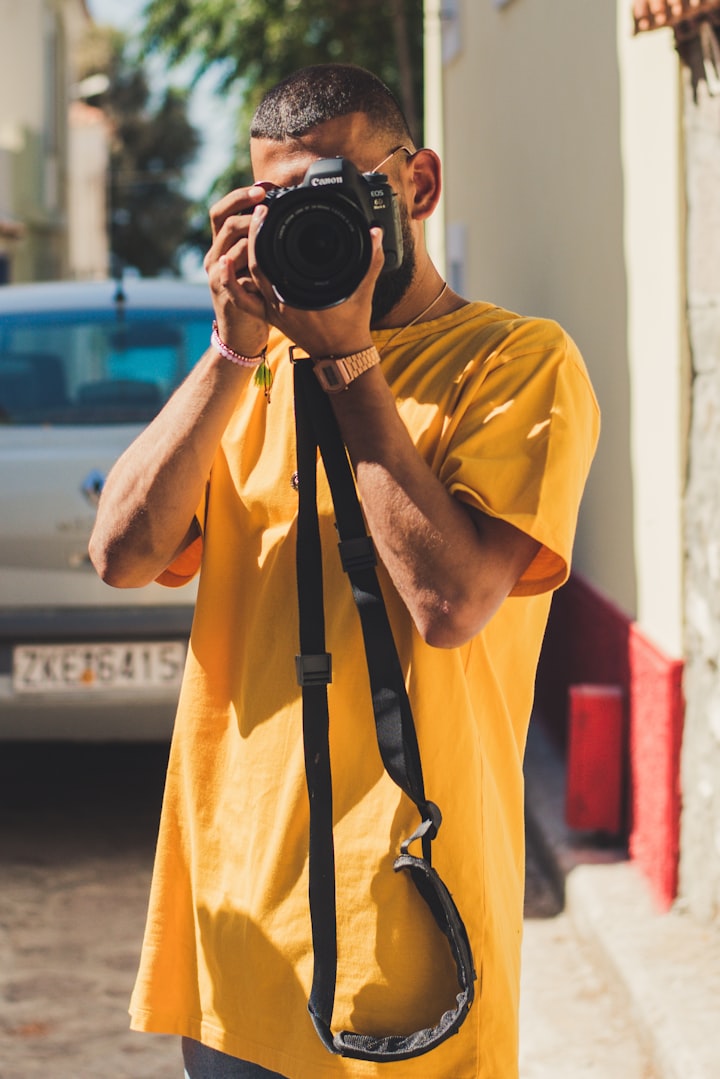
This comprehensive guide to photography focuses on capturing moments, emotions, and stories, not just clicking a button.
It covers key principles and techniques such as composition, lighting, and camera settings, aiming to elevate photography to the next level.
Composition is the foundation of a great photograph, involving the rule of thirds, leading lines, symmetry, and framing. Experimenting with different perspectives and angles can create visually compelling images.
Lighting can make or break a photograph, and understanding the concepts of exposure, aperture, and shutter speed is crucial. Techniques like backlighting, side lighting, and golden hour photography can add depth and drama to images.
Utilizing camera settings involves understanding how to adjust ISO, aperture, and shutter speed, explore various shooting modes, and familiarize oneself with focusing techniques like autofocus and manual focus.
Great photography takes time and practice, and patience is essential. Experimenting with different techniques and settings, and not being afraid to make mistakes are essential parts of the learning process.
In conclusion, photography is a journey of self-discovery and creative expression.
Mastering composition, lighting, camera settings, and practicing patience will help you take great pictures.
With dedication and passion, you can continue to grow as a photographer and capture moments that resonate with both yourself and your audience.
To capture a good picture, consider several factors including composition, lighting, and subject. Frame your subject thoughtfully, following the rule of thirds or experimenting with different angles.
Opt for natural light, avoiding harsh midday sun and softer morning or late afternoon light. Ensure your subject is in focus, especially if using a DSLR or camera with manual focus. Pay attention to the background, as a cluttered one can distract from the main subject.
Change your perspective to add interest to your photos, experiment with shooting from high above, down low, or unconventional angles. Edit your photos to enhance colors, contrast, and sharpness, but remember that less is often more.
Practice photography by experimenting with different techniques, settings, and subjects to find your style. Finally, be patient and take your time to capture the desired image.

Camerapersons often find motivation in producing alongside their visual content.
They have a passion for storytelling and visual communication, capturing compelling images to convey stories. They also enjoy documenting events, people, and places, finding fulfillment in capturing moments that evoke emotion, spark curiosity, or shed light on important issues.
Creativity and artistic expression are also significant factors, as they craft visually stunning compositions and experiment with techniques. The desire to inform and educate others drives many to produce articles, providing context, background information, and insights that enhance understanding. The potential for impact and influence is also a significant motivator, as camerapersons can shape perspectives, raise awareness, and inspire action. Overall, a combination of passion, creativity, storytelling, and the desire to make a difference often drives camerapersons to produce articles alongside their visual content.

The concept of poses, which are the positioning of the body or its parts to convey a specific message, emotion, or idea. Poses are used in various fields, including photography, art, yoga, and dance. Summarizing poses is essential for better understanding, communication, and analysis of body language, emotions, and intentions conveyed through poses.
Poses can be categorized into basic, emotive, dynamic, relaxed, and power poses. Key elements of a pose include body position, limb placement, facial expression, posture, and gestures. Analyzing poses effectively involves considering the context, body language, emotions, symbolism, and intention behind the pose. Examples of poses from different contexts include portrait photography, fashion photography, art, yoga, and dance.
About the Creator
Praveen Pk
I like share my thoughts to others and love to be connected
PUSH YOURSELF,BEACUSE NO ONE ELSE IS GIONG TO DO IT FOR YOU.
Subscribe for more content and STAY WITH ME
Reader insights
Outstanding
Excellent work. Looking forward to reading more!
Top insights
Expert insights and opinions
Arguments were carefully researched and presented
Heartfelt and relatable
The story invoked strong personal emotions






Comments (2)
The Golden Hours at the morning or evening are the best time to do photos because of the softer light and what it creates. It is way more easier to get great shots done in that light than every other time, especially for beginners. Well written.
Good job